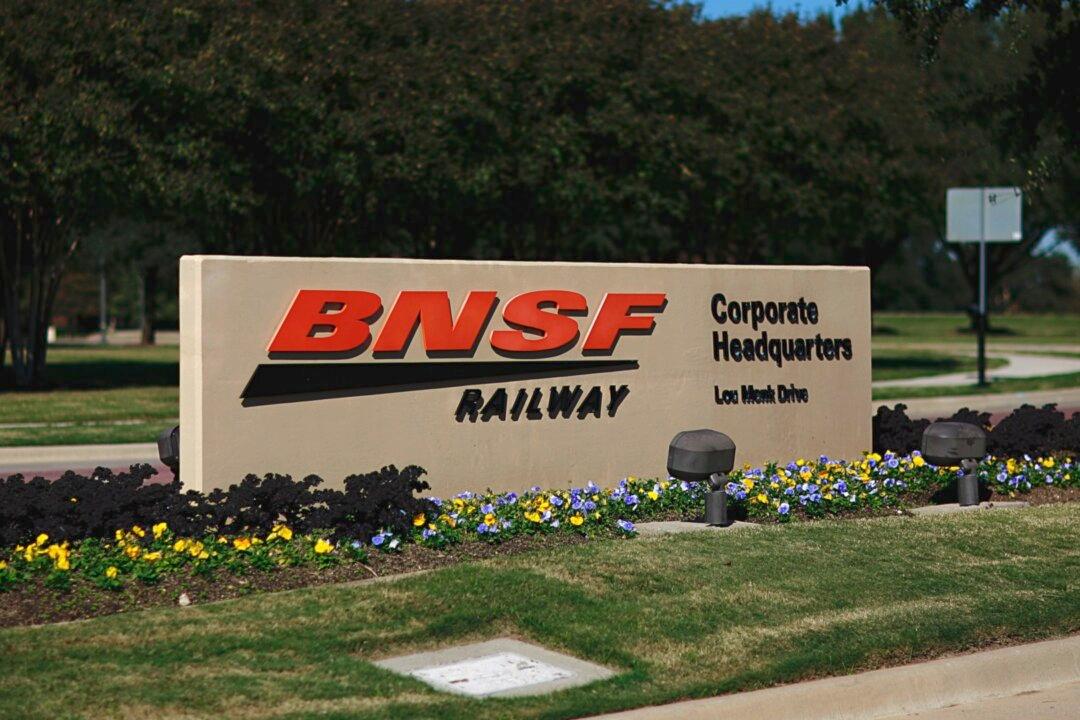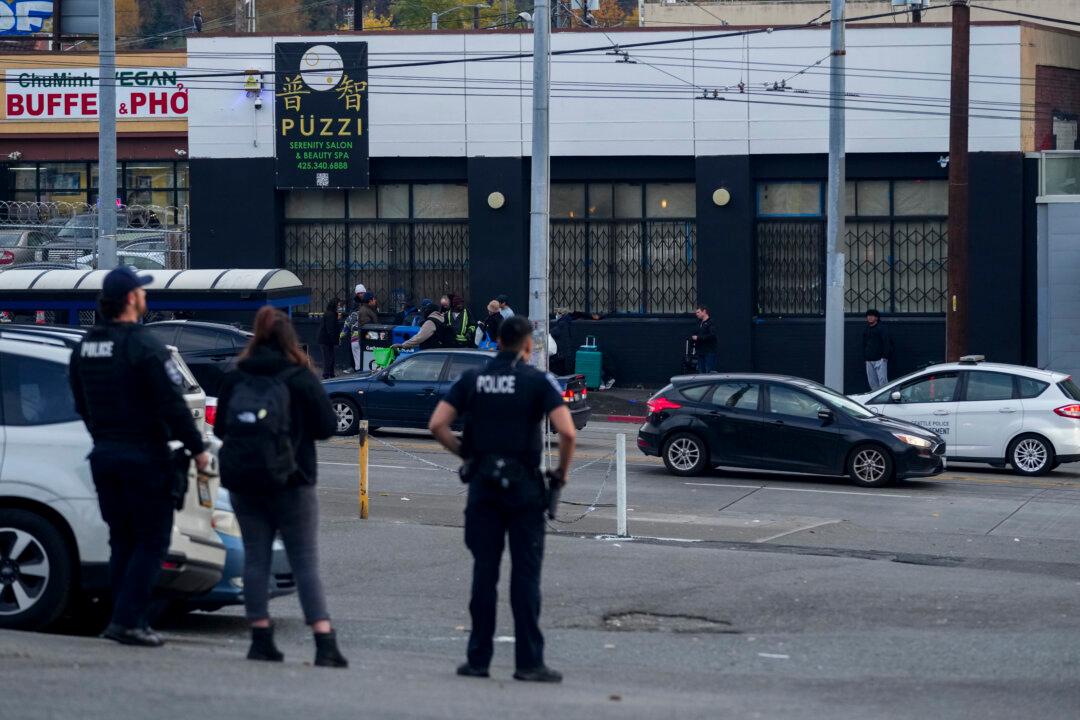A freight train that derailed in western Arizona on Wednesday and was initially believed to be carrying hazardous materials was reportedly hauling a type of food syrup, according to Burlington Northern Santa Fe (BNSF) Railway.
BNSF Railway, one of America’s leading freight transportation companies, confirmed in a statement on Thursday that the train was carrying corn syrup when it derailed at approximately 7:40 p.m. in Arizona’s Mohave County, which is near the border with California and Nevada, Reuters reported.





